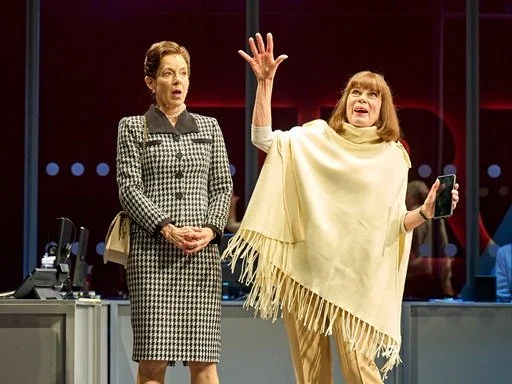ISSAM KOURBAJ AT KETTLES YARD
Killed Detained and Missing (Women) 2019
Outside Kettles Yard entrance a border of wheat from Syrian has pushed up its shoots. “When it ripens, this wheat, I can harvest it and make a loaf of bread’ Issam Kourbaj tells me “ And that can go in the exhibition.” He means it. This accomplished artist grew up in the volcanic basalt mountains of southern Syria, in a two roomed house with a bamboo ceiling. He helped his mother with their large family. Objects are important to him - but they also have a meaning which suffuses his work in a poetic metaphor.
The archive of the show’s title is paradoxically urgent. The wheat might rise outside a symbol of hope , But within every item cries out for attention to the destruction in Syria , to its 20 million migrants and to the world beyond. The scroll above dominates spacious Gallery One as a recording recites the names of the women on it, the word Homs repeats as reminder of the devastation of that large city. Below, from the same gallery the pram represents the individual, an idea never far from Issam Hourbaj’s consciousness.
Capsized
This is a splendid expansive exhibition. Packed with detail it balances despair with hope, Despite the Fall reflects the disastrous effect of recent warfare of people and ecology - yet inspired by the Greek poet Dinos Christianpoulos it carries his note ‘ they tried to buy us; they did not know were were seeds’.The vast array of high ceilinged pile of bare iron mattresses are deeply sinister - but they have just one word of title, ‘Springs’. Every tiny feature is symbolic - and deserves, as the artist suggests at least one return visit.
Little boats
Issam is a performance artist. He has struck 2559 matches for his piece Strike and the little boats the Syrians flee in are stuffed with each one of these burnt matchsticks contained in an iron cast. (Another version is actually inside the House at Kettles Yard).In Gallery two a display recently invented by Issam stands a metre tall. It is entitled War Machine- olives feed into its metal chute and merge as nothing but sand the artist’s idea of the effect of war. Centre piece is the a version of the artist’s studio “ much tidier than mine actually “, he confesses. Here again every single item carries its own meaning. Siege1 is a crushed and twisted Arabic typewriter in honour of Marie Colvin the journalist killed in an attempt to bring the Syrian story home to Europe, Writing with Fire 2020 is a video with burnt and ash- strewn damage
Another Day Lost represents the desperate wasted hours of people in a Northern refugee camp who Issam met .He tells a group of schoolchildren in a video that a bottle of Quink would be his one choice object for its significance
Chemical Attack No Red Line
The map above shows the political ‘red line’ meant to protect the Syrian people, but which in the event was ignored. Maps are important in the exhibition . Another map of Europe shows the Mediterranean coast line. The artist has burned into it the hundreds of sites where refugees boats have sunk and the lives of the families aboard lost. It is another moving dynamic feature of a expertly curated show, thanks to Guy Haywood, one in which every small seemingly minor exhibit is suffused with meaning.
No wonder he wants us to come back again. I certainly shall.











